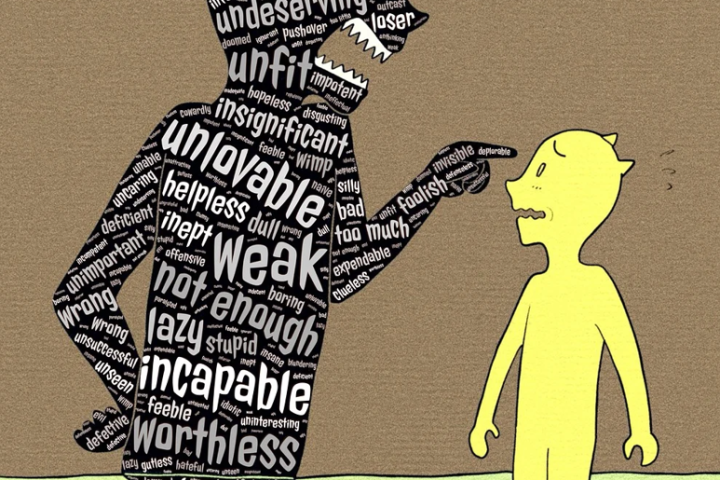Mindfulness meditation invites us to meet pain with curiosity, not fear. And as research and real-life experience show, this shift can be transformative. In this post, we’ll explore how mindfulness meditation helps you control pain, not by numbing it, but by learning from it.
Why We Resist Pain—And What It Costs Us
Our nervous systems are wired to react to pain with urgency. Pain is the body’s way of saying, “Something’s not right.” But when our relationship to pain is filled with fear, shame, or suppression, the sensation becomes more than just a physical alert. It becomes emotional suffering.
“Your nervous system is sensing threat, even if your mind knows you’re safe.”
This mismatch is where mindfulness steps in. By slowing down our response, we shift from reactive to receptive. Instead of bracing against the pain, we begin to hear what it’s trying to say.
What Is Mindfulness Meditation?
Mindfulness meditation is the practice of paying attention to the present moment with non-judgmental awareness. It doesn’t try to fix or suppress pain; it creates space around it. Think of it as learning to be with what is instead of battling it.
In the context of pain, mindfulness becomes a bridge—between sensation and story, between reaction and regulation.
The Neuroscience Behind Mindful Pain Control
Studies show that mindfulness can significantly alter how the brain perceives pain. Meditation changes activity in key brain regions:
- Anterior cingulate cortex: helps reduce the emotional distress of pain
- Prefrontal cortex: enhances control over where attention goes
- Insula: deepens awareness of bodily sensations without judgment
One study from the University of Wisconsin found that even short-term mindfulness training reduced pain unpleasantness by 57% and intensity by 40%. This means that mindfulness doesn’t erase pain, but it changes how we relate to it—physically and emotionally.
How to Practice Mindfulness Meditation for Pain
1. Find Your Grounding Space
Choose a quiet place. Sit or lie down comfortably. Let your body be supported. Take 3 slow, deep breaths. Drop into presence.
2. Focus Your Attention
Gently bring awareness to the area of discomfort. Where is it? What’s its shape, texture, or temperature? You’re not trying to fix it—just notice it like you would a curious stranger.
3. Describe the Sensation Internally
Labeling sensations like “sharp,” “dull,” or “tight” actually reduces the brain’s threat response. It gives the mind something constructive to do.
4. Breathe Into the Pain
Visualize each breath moving into the painful area. Inhale: space. Exhale: tension. You’re not pushing it away—you’re gently making room.
5. Meet the Emotions That Arise
Pain often brings emotional echoes. Sadness. Frustration. Fear. Let these be welcome guests. What if this feeling belongs to a younger part of you, asking for safety?
“This is pain, not punishment.” “My body is communicating, not betraying me.”
Let that truth settle.
Common Emotional Patterns Linked to Pain
If you’ve been conditioned to “tough it out,” you might feel guilt for resting. Or shame for needing support. These feelings don’t mean something is wrong with you—they’re often echoes of past survival strategies.
“Your protector acts like a bodyguard who doesn’t realize the threat has passed.”
Mindfulness helps us update that inner messaging system.
What the Research (and Clients) Are Saying
Mindfulness-based interventions like MBSR (Mindfulness-Based Stress Reduction) are now widely used in hospitals, chronic pain clinics, and trauma therapy.
A meta-analysis published in The Journal of the American Medical Association showed significant reductions in pain severity and interference for individuals practicing mindfulness meditation compared to control groups.
In client work, we often hear:
“I still feel the pain—but I’m not suffering in the same way.”
That distinction matters.
When Pain Needs More Than Mindfulness
Mindfulness is a powerful tool, but it isn’t about muscling through pain alone. Sometimes, pain points to trauma, unresolved grief, or nervous system dysregulation. In those cases, you deserve more than a solo practice. You deserve support.
You don’t have to navigate this alone.
If you’re curious about how mindfulness and brain-based therapy can help you reclaim a sense of safety and connection, we invite you to book a free consultation.
[Book a Free Consultation Here]
A Mindful Path Forward
Pain will always be part of being human. But suffering doesn’t have to be. When we meet pain with presence instead of panic, we reclaim agency. We rewire our brains. We come home to our bodies.
If this resonates, share it with someone who might need this reminder: Your body is not the enemy. It’s the messenger. Let’s learn to listen, together.











